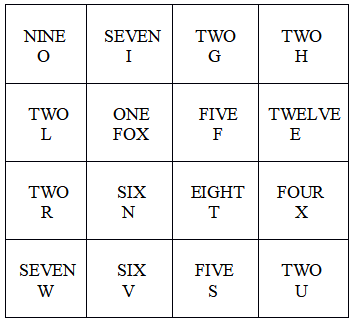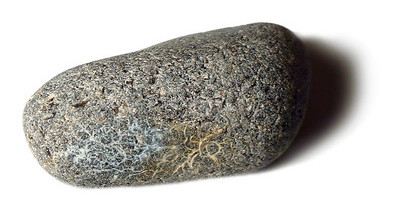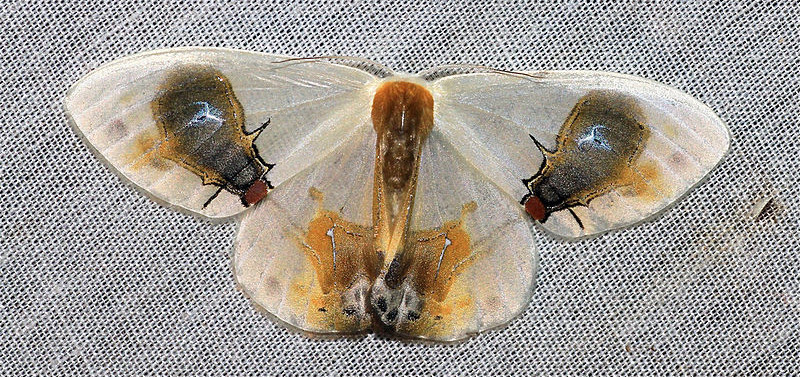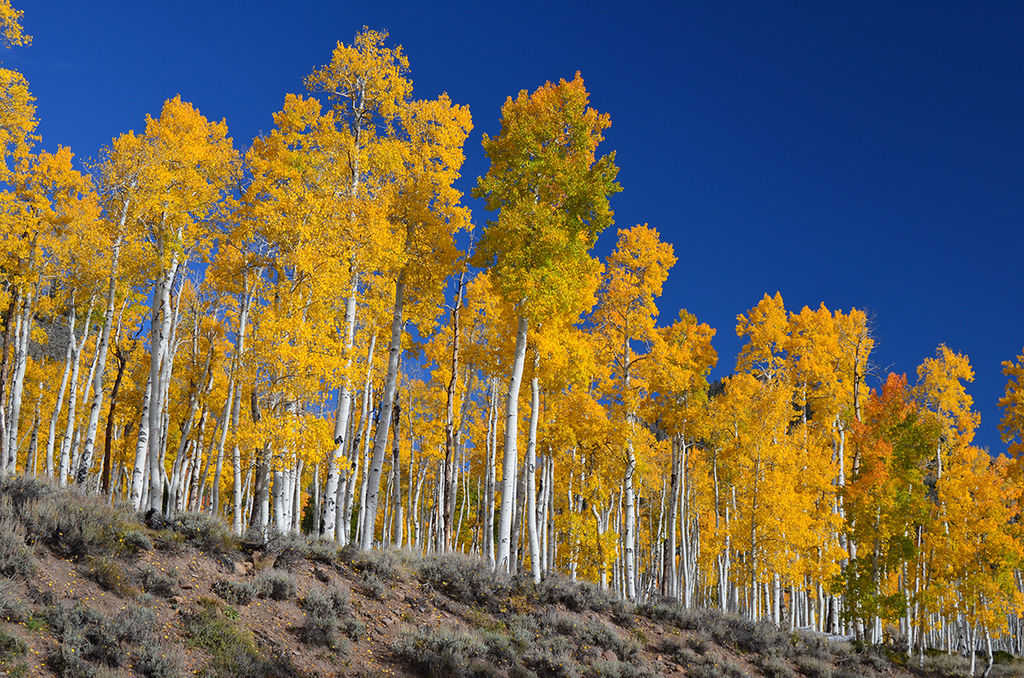In 1984 University of Pennsylvania psychiatrist Jordan Smoller called attention to an alarming syndrome that hadn’t received much clinical attention: childhood. Features:
- Congenital onset
- Dwarfism
- Emotional lability and immaturity
- Knowledge deficits
- Legume anorexia
Billy J., age 8, was brought to treatment by his parents. Billy’s affliction was painfully obvious. He stood only 4’3″ high and weighed a scant 70 pounds, despite the fact that he ate voraciously. Billy presented a variety of troubling symptoms. His voice was noticeably high for a man. He displayed legume anorexia and, according to his parents, often refused to bathe. His intellectual functioning was also below normal — he had little general knowledge and could barely write a structured sentence. Social skills were also deficient. He often spoke inappropriately and exhibited ‘whining behavior.’ His sexual experience was non-existent. Indeed, Billy considered women ‘icky.’
Most children are unemployed and poorly educated, and the condition appears to run in families. Public schools don’t seem to reduce the number of victims, but a longitudinal study suggests that it tends to abate with time. “Clearly, much more research is needed before we can give any real hope to the millions of victims wracked by this insidious disorder.”
(Jordan W. Smoller, “The Etiology and Treatment of Childhood,” Journal of Polymorphous Perversity, 1984, 3-7.)







